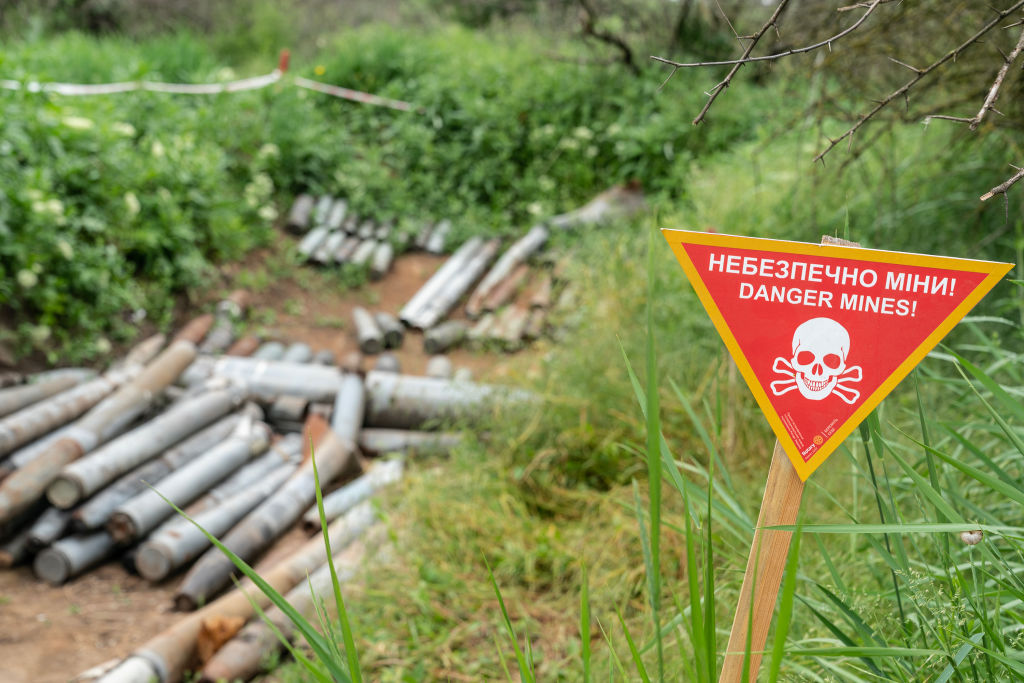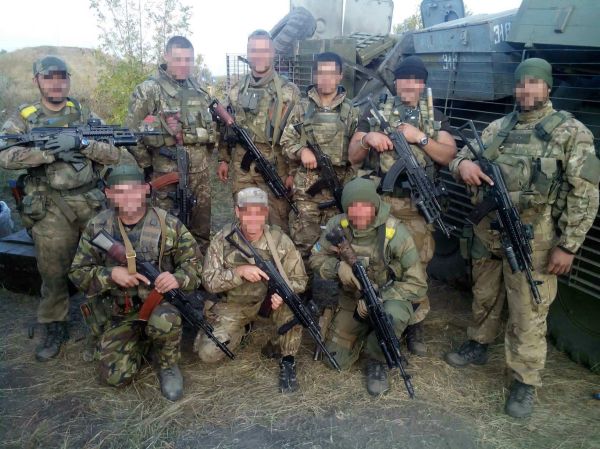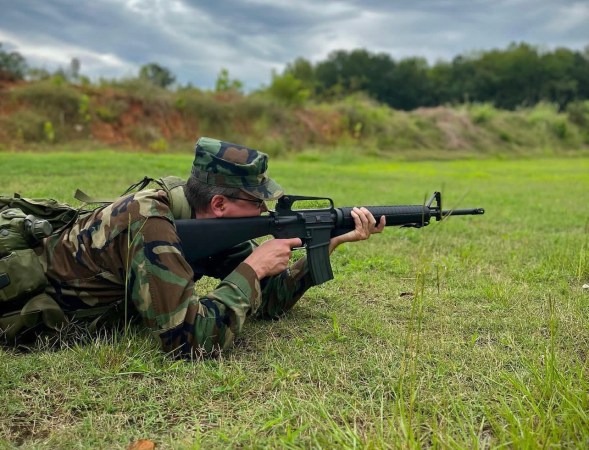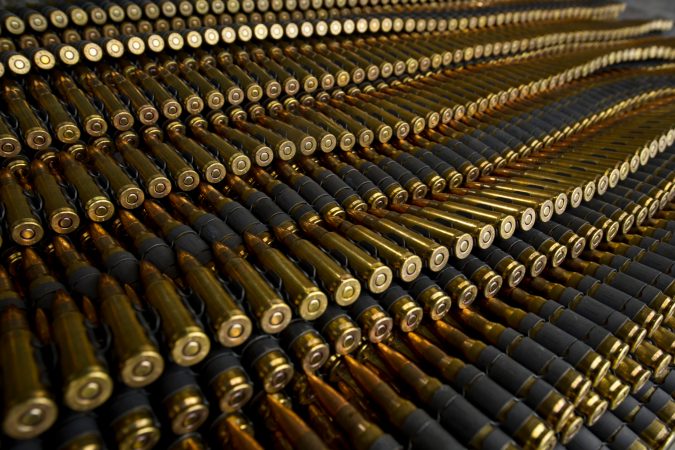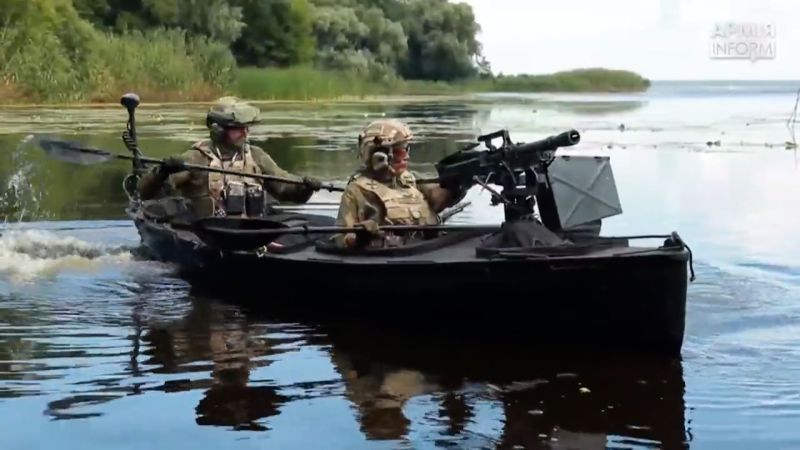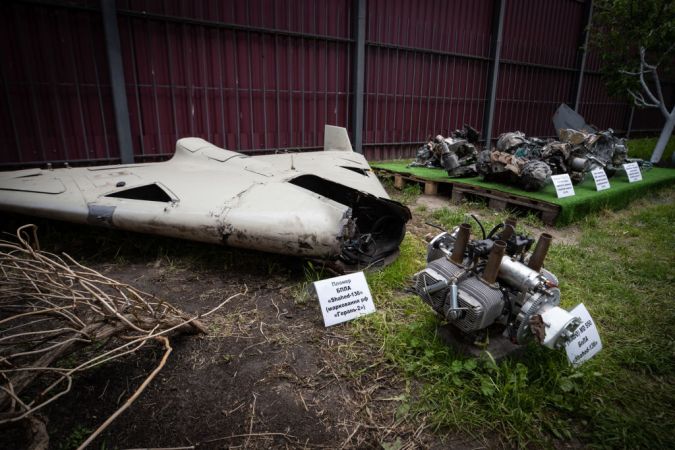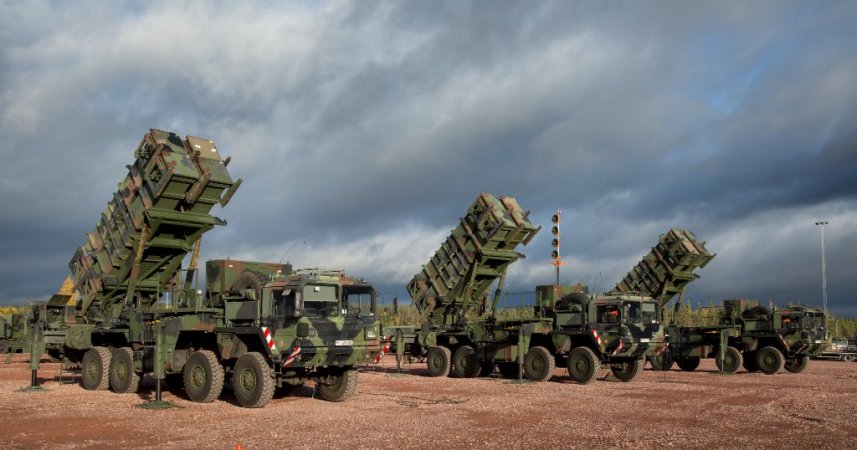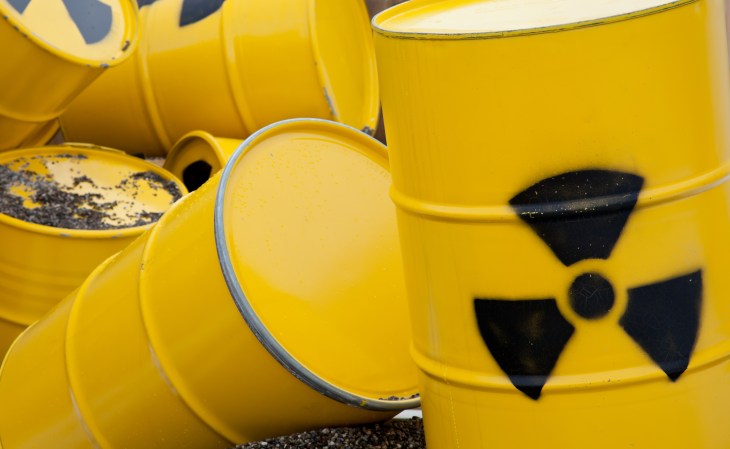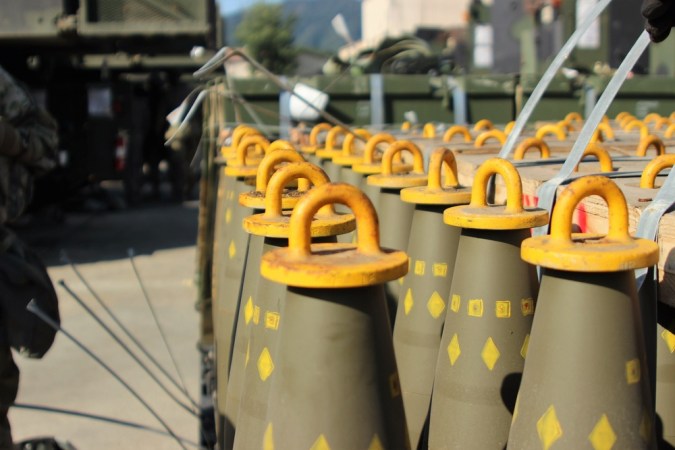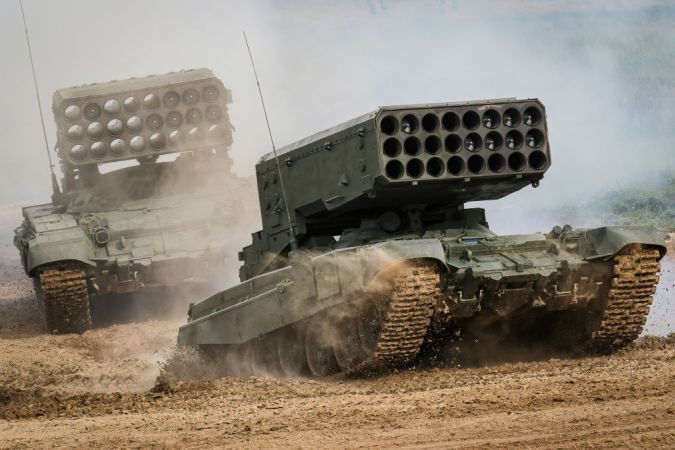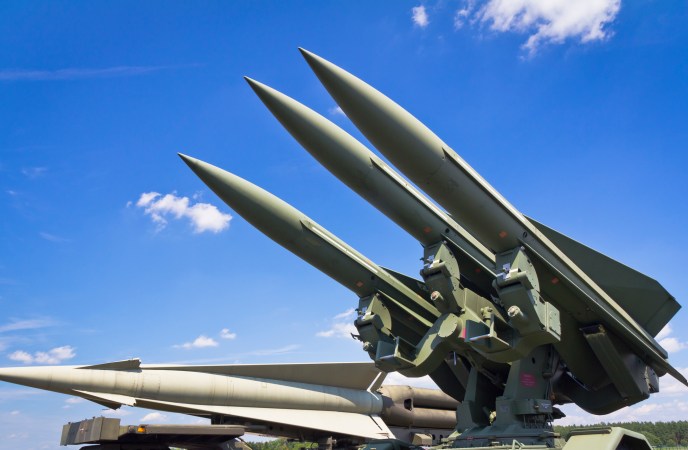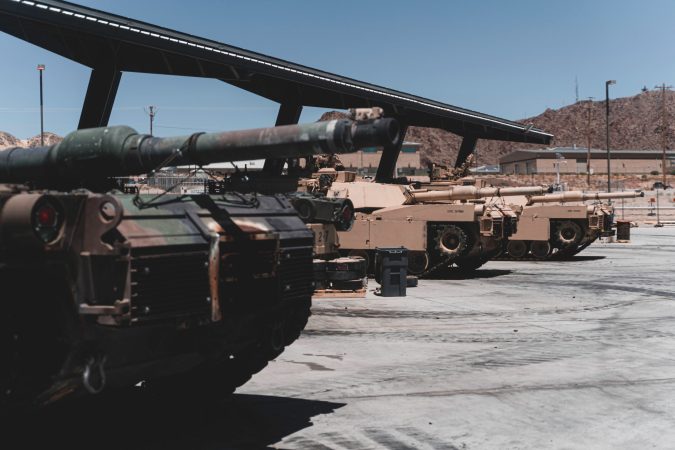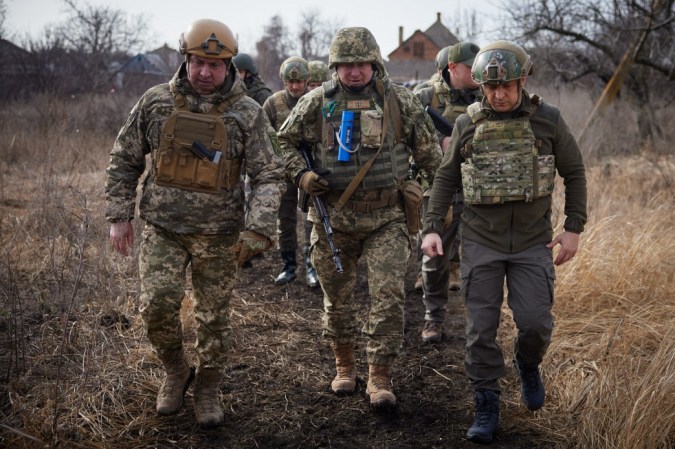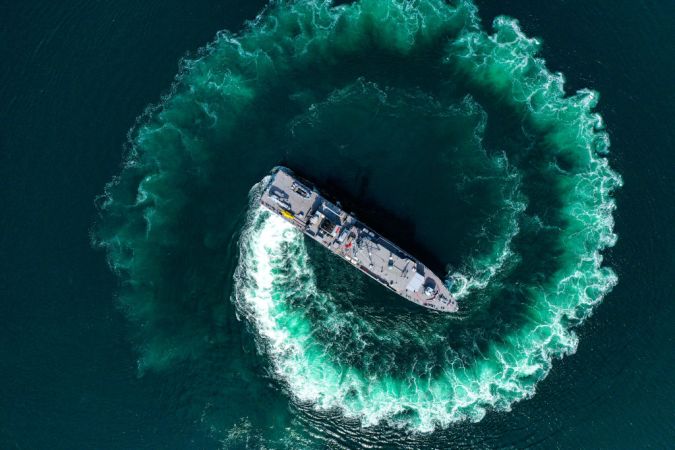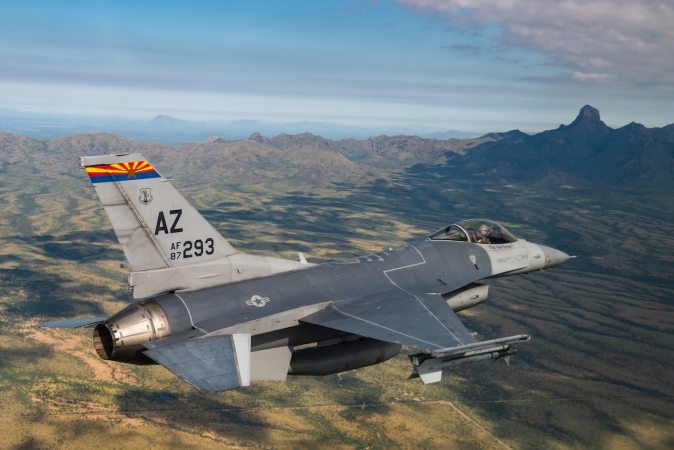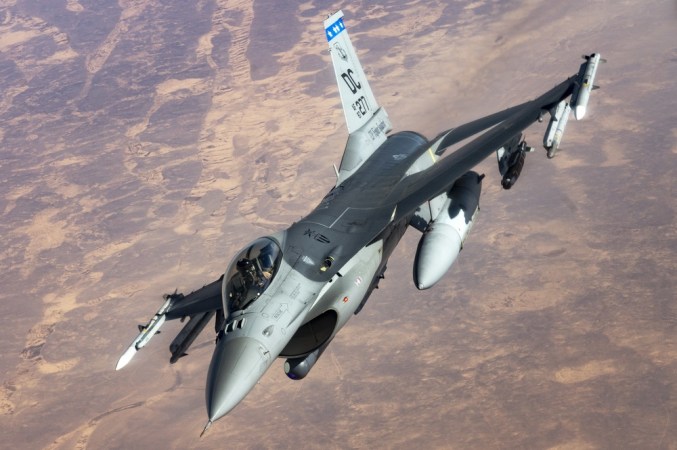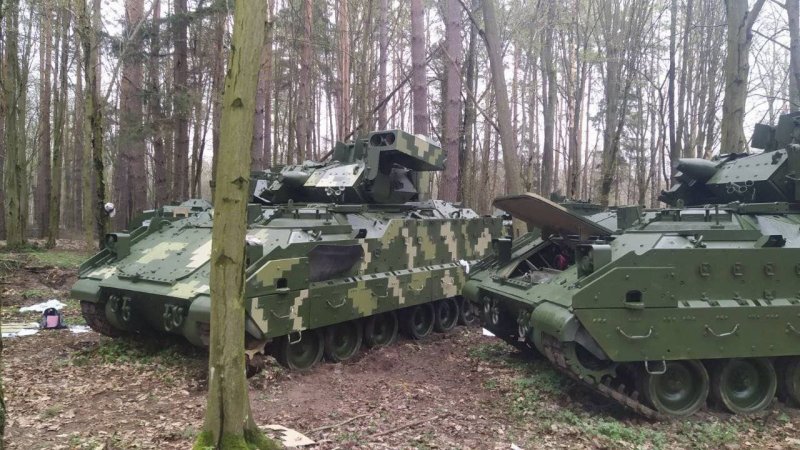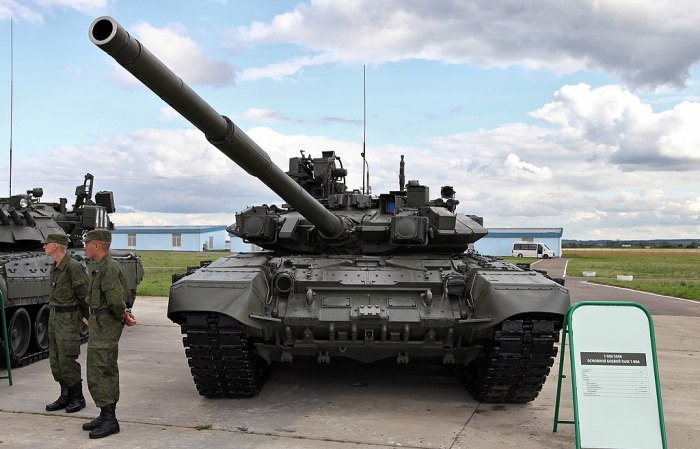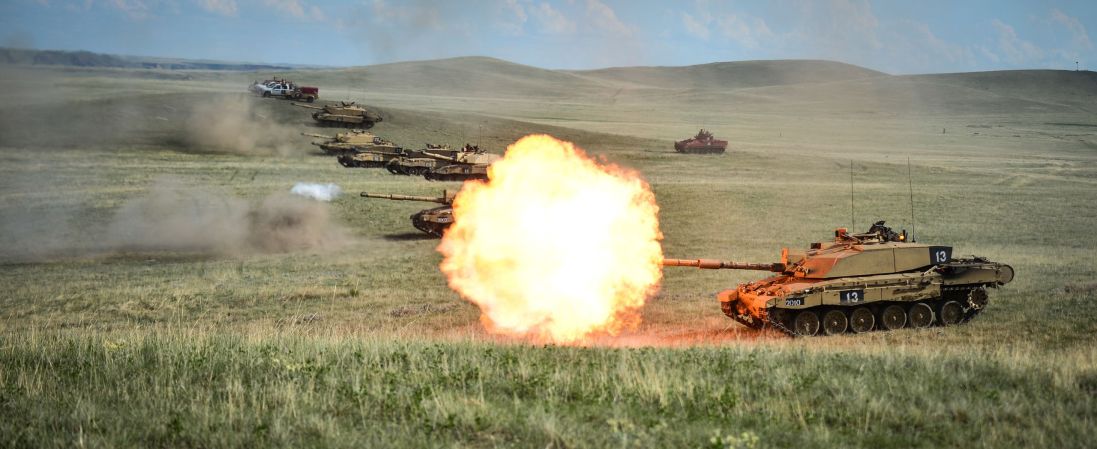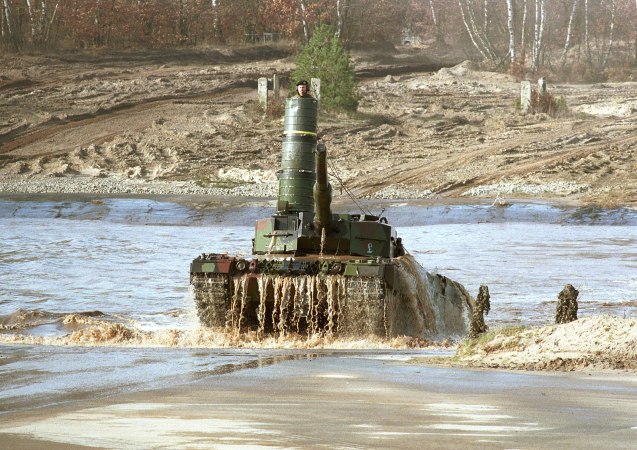Ukraine-aligned accounts on social media are hyping an innovative way that Ukrainians are finding Russian mines. Attacking troops are using infrared imagers, especially mounted on drones, to detect Russian mines as they glow in the early evening. The tactic is effective, even if it isn’t quite as new or innovative as some of the hype.
The tactic and how the mine detection works
Russian defensive belts are the biggest difference between Ukraine’s slow progress in its counteroffensive vs. the lightning progress of the Kherson and Kharkiv counteroffensives. These belts rely on trenches, defenders, artillery, and a massive number of mines and boobytraps.
Russians improvised some, like the reported “bouquets” of grenades bundled together. But Russia also deployed thousands upon thousands of mines using vehicles. Many of these mines are sitting on or near the surface, hidden by grass or a small amount of dirt.
But the materials used in mines, like the metal or plastic casings and the explosives inside, take longer to absorb and release heat than the surrounding air and surface soil do. And that’s what creates an opening for infrared detection.
In the evenings, as the air rapidly cools off, the mines will need hours to get as cool as the air and ground. During that time, the mines glow through infrared imagers, releasing much more heat than anything else.
In the morning, the opposite is true, as the mines take longer to heat up and so appear more dark than surrounding territory. The morning images are not as effective as at night, but are still much better than attempting to detect mines without assistance.
Once an operator finds a likely minefield, they can call in artillery, explosive charges, or other systems to try and detonate the mines. Or explosive ordnance disposal teams can clean a route up close and personal.

The history of infrared detection
While this tactic is described in some videos as completely new, even CNN discusses it like it’s a novel approach discovered by Ukraine, American and allied forces used similar tactics to find IEDs in Iraq and Afghanistan.
Homemade explosives often don’t light up as dramatically as a military mine, especially if they’re buried instead of on the surface, they’re still quite visible. And in the relatively light foliage of Iraq and Afghanistan, it was easier to get a good look at the terrain and scan it for heat discrepancies.
In act, some researchers worked on automated processes and claimed success rates as high as 92 percent.
A similar tactic explored the possibility of using thermal imagery to find “energized” IED components. You know how your computer or phone gets hot if you use it nonstop for an hour or two? That is partially because batteries heat up as they charge or discharge electricity. This technique allowed an operator to see the heat of a battery or sensor as electricity moved through it.
America has continued its research and published new methods, including the 2018 experiment by the Army Research Labs and University of Delaware that looked at mounting sensors high above a vehicle to allow for better energy detection.
New Ukrainian innovations
While the infrared tactic isn’t as novel as it is sometimes described, it is much safer for soldiers. Better, Ukrainians work daily on how to improve mine detection. One promising tech coming from students and organizations is airborne metal detection.
A drone flies above the ground for minutes to hours with a metal detector suspended underneath it. Similar to sub-hunting airplanes, the craft detects changes in an electromagnetic field caused by the metal mass underneath. When it detects a potential mine, it marks the spot and alerts an operator.
New designs of these drones map all their potential finds with high accuracy, usually without the need for a human pilot. Mine clearing units can then start planning safe lanes for attack and clear only what is necessary for success. Or they can settle in for the long, hard work of clearing the landscape.
Long-term, it will likely take many years and billions of dollars to render Ukraine safe. But new tech and old techniques will allow the current counteroffensive to continue despite the threat.


